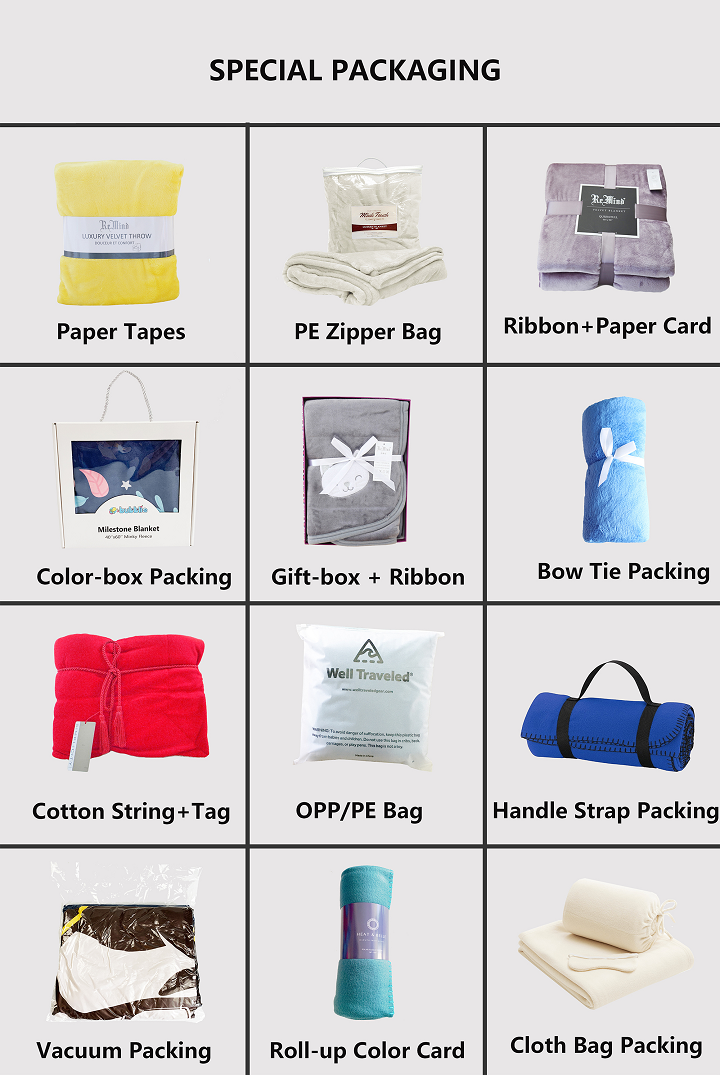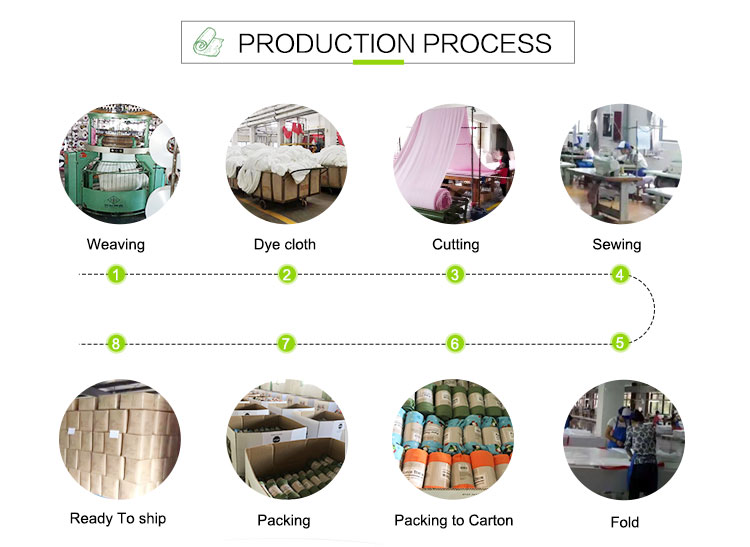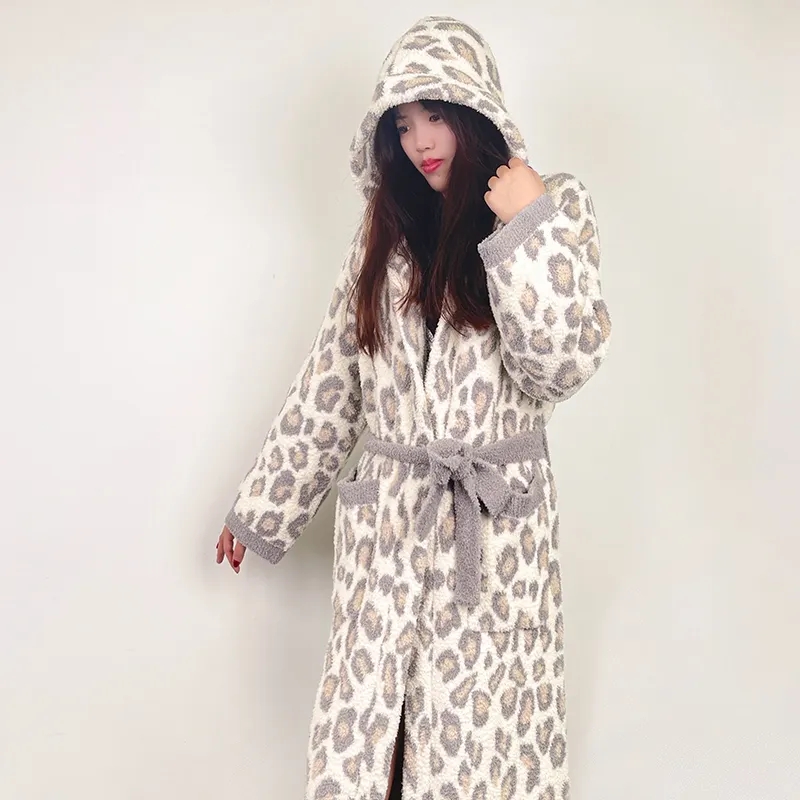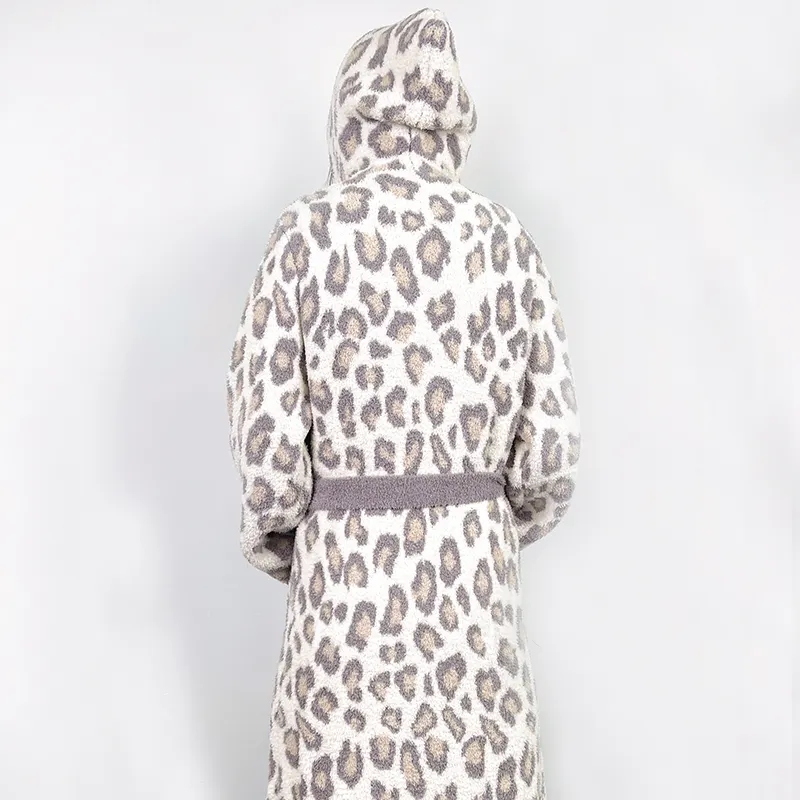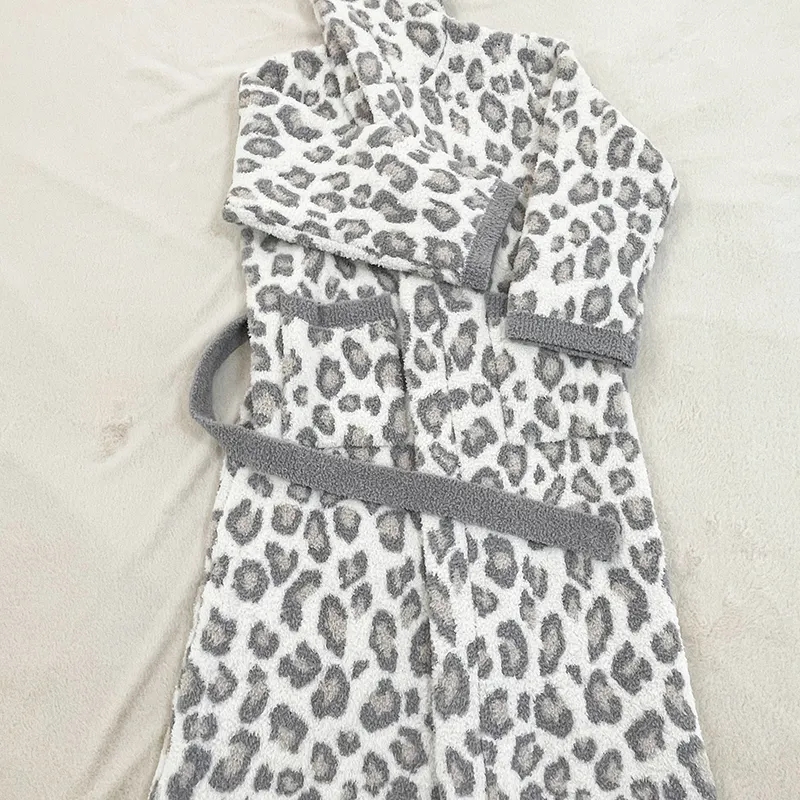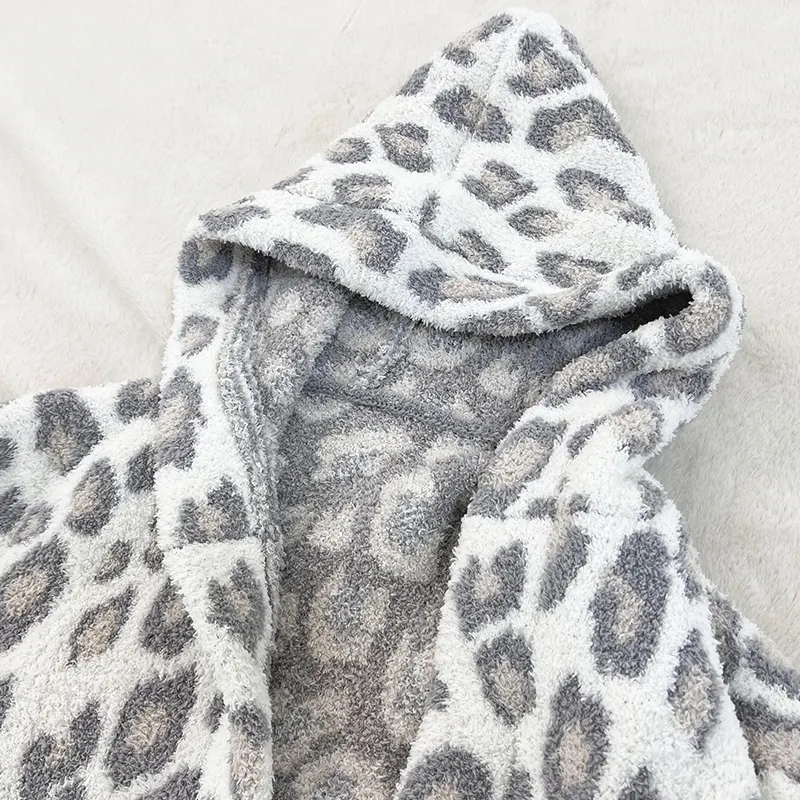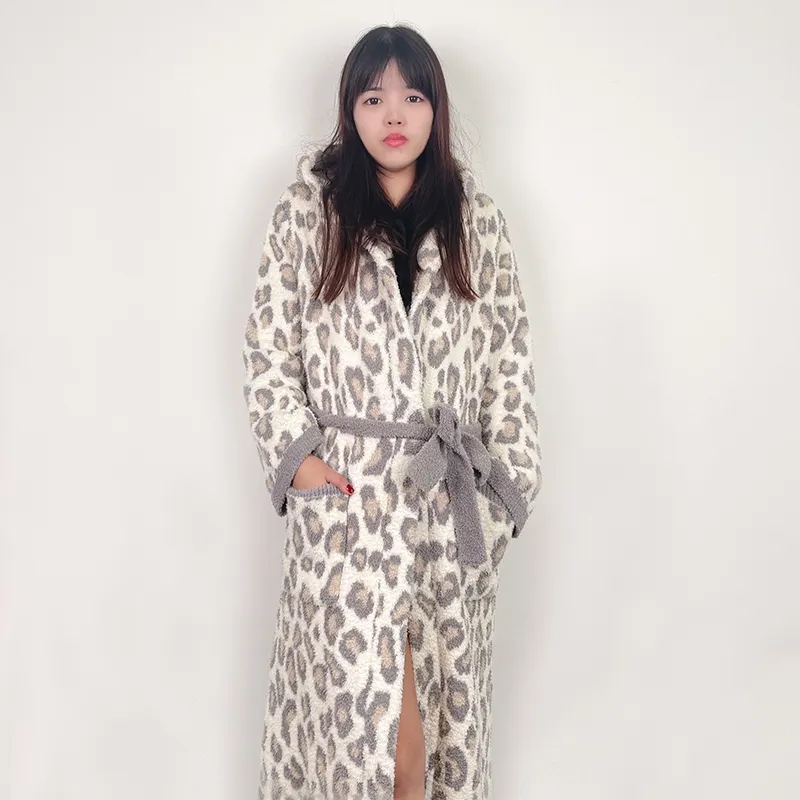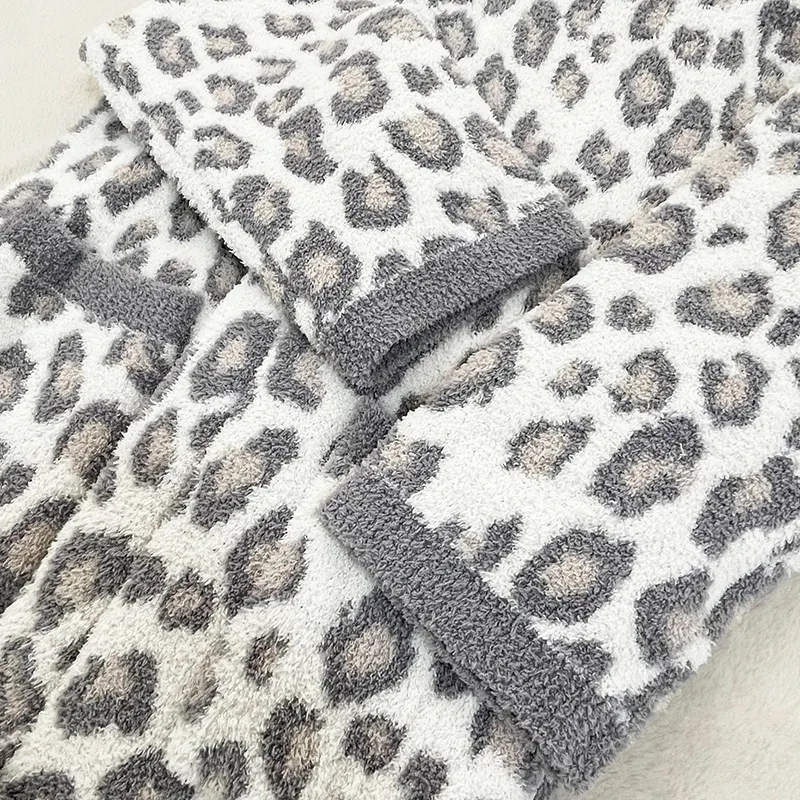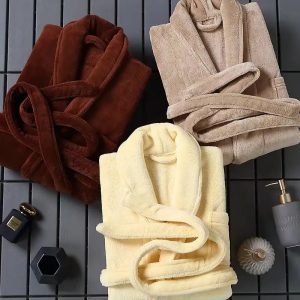Here are some packaging methods for winter pajamas:
- Plastic Bag: Winter pajamas are often packaged in clear plastic bags with a brand logo for cleanliness and moisture protection.
- Box Packaging: High-end winter pajamas may come in elegant cardboard boxes with labels or printed designs to enhance product appeal.
- Gift Packaging: When sold as gifts, winter pajamas are often presented in fancy gift packaging, including wrapping paper, bows, and cards.
- Ziplock Bag: Ziplock bags are commonly used for easy viewing and removal of winter pajamas, and they can be resealable for convenience.
- Paper Bag: As eco-consciousness grows, some brands opt for biodegradable paper bags to package their winter pajamas.
- Clear Box: Transparent plastic boxes are used to showcase the design and colors of winter pajamas while keeping the product clean and tidy.
- Cardboard Set: Winter pajama sets typically come in cardboard packaging that includes both top and bottom pieces along with outerwear to increase product value.
Please note that the choice of packaging method can vary depending on the brand, price range, and target market. Select the packaging that best suits your product and target audience to enhance product appeal and sales potential.
Here is an introduction to the materials used for winter pajamas:
- Cotton: Cotton is a popular choice for winter pajamas. It’s a natural and breathable fabric that provides comfort and warmth. Cotton pajamas come in various weights, making them suitable for both cool and extremely cold nights.
- Flannel: Flannel is a soft and cozy fabric known for its warmth. It’s often used in winter pajamas due to its insulating properties. Flannel pajamas are made from cotton and brushed on both sides to create a soft, fuzzy texture.
- Fleece: Fleece pajamas are extremely warm and soft. They are typically made from synthetic materials like polyester and are known for their excellent insulation. Fleece is often used in colder climates to keep wearers toasty.
- Velvet: Velvet pajamas offer a luxurious and soft texture. They are made from woven tufted fibers, creating a plush surface that is both warm and comfortable. Velvet is commonly used for more elegant or special occasion pajamas.
- Wool: Wool is a natural insulator and is excellent at trapping heat. Woolen pajamas are ideal for very cold winter nights but may be less soft against the skin than other materials.
- Silk: While not as warm as some other materials, silk pajamas are known for their smooth and luxurious feel. They are a great choice for those who prefer lightweight, breathable sleepwear during milder winter nights.
- Microfiber: Microfiber pajamas are made from ultra-fine synthetic fibers that are soft, lightweight, and moisture-wicking. They offer warmth and are often used for thermal sleepwear.
- Jersey: Jersey knit pajamas are made from a stretchy, lightweight fabric. They provide comfort and are suitable for less harsh winter conditions.
When choosing winter pajamas, consider the climate and your personal preferences for warmth, comfort, and texture. The material you select can greatly affect your sleeping experience during the colder months.
